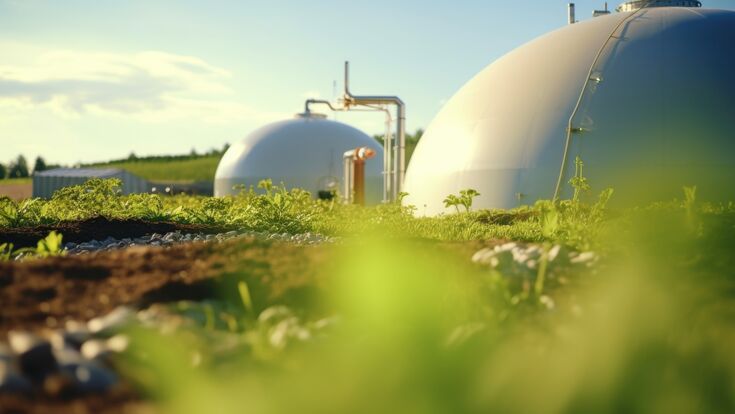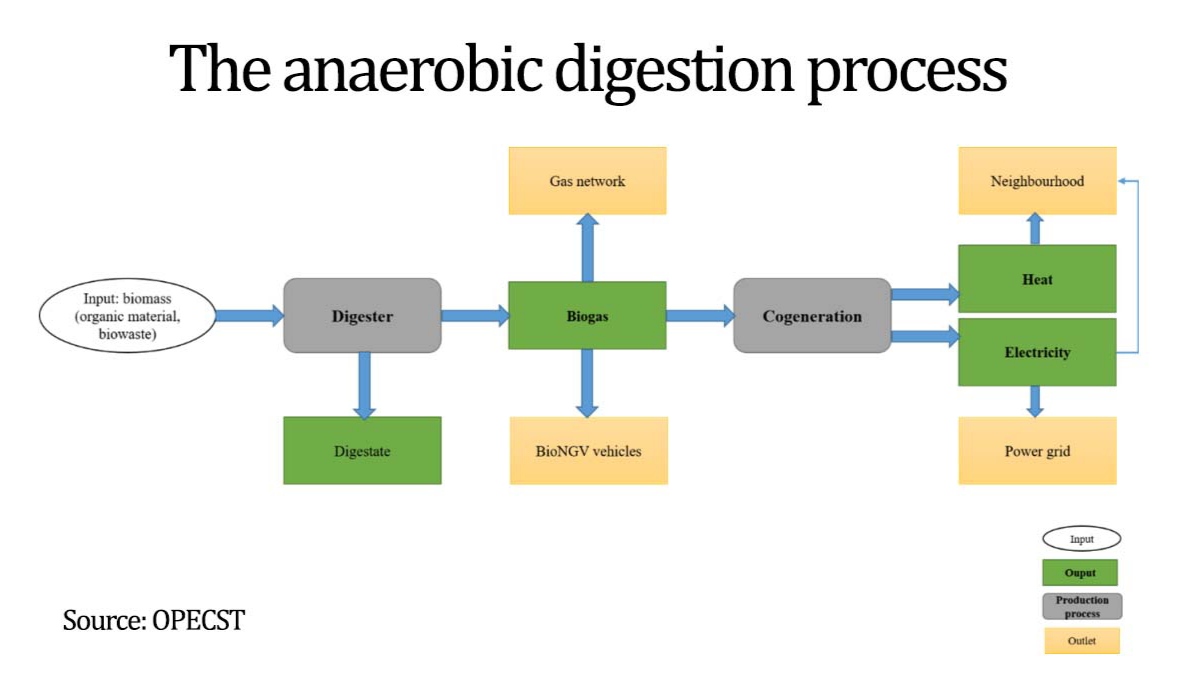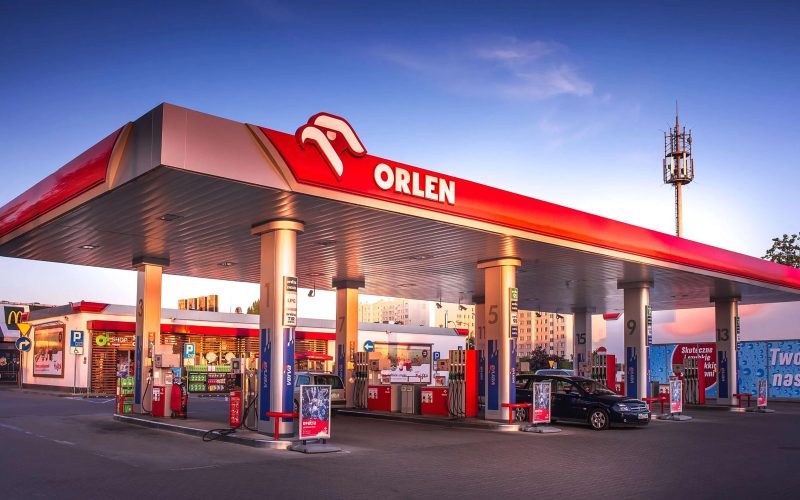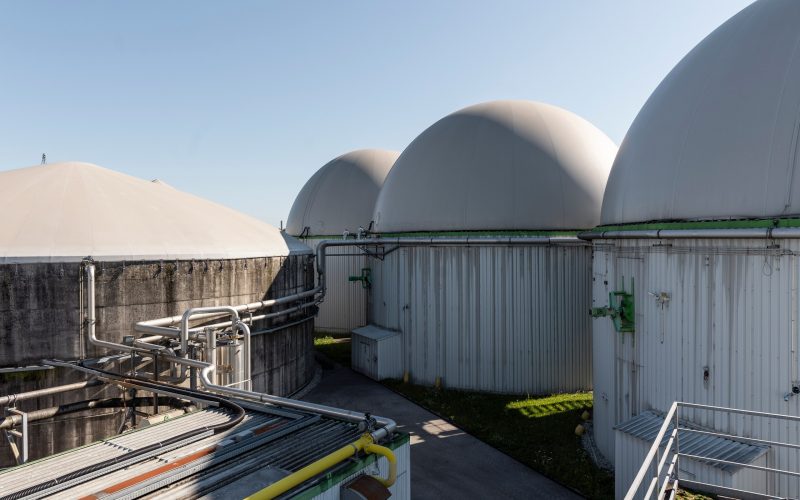Prospects of micro-methanization in cities
For the SAF platform, we have published an up-to-date material (an expert interview for the European Science-Media Hub) about the future of the biogas industry in cities, its prospects and challenges.
Biogas plants are mostly located in rural areas and around farms. These are large closed tanks, anaerobic digestion reactors that convert biomass, such as agricultural biowaste, into energy.
Currently, the question arises whether small-scale biogas production, micromethanization, can be a sustainable energy solution for cities in the future.

As most of the digester’s input (biomass) is located outside of the cities, anaerobic digestion takes place mostly in rural areas. However, the valorisation of urban bio-waste could play an important role in reducing cities’ environmental impacts – that usually increase hand in hand with the population.
Some solutions have been developed, such as micro-methanisation, which is the anaerobic digestion process with a limited size, allowing digesters to get in urban areas. Nevertheless, micro-methanisation in urban area raises many questions regarding the size of the digester, the inputs, and the outlets.

Dr. Jean-Romain Bautista Angeli, an expert in anaerobic digestion of urban waste and involved in the MELiSSA project, a European-funded project on circular life support systems in space, presented his point of view to the European Science-Media Hub. Here are some excerpts from it:
- A double valorisation of the energy and the nutrients are two pre-conditions that need to be fulfilled for anaerobic digestion to be interesting. Hence, in an urban environment, it is important to find an outlet for both the energy and the digestate, which can be difficult for the latter.
- Moreover, there is a strong willingness in the EU to reduce food waste: there may not be consistency in creating an energy production unit dependent on food waste that we are trying to reduce. Conversely, if wastewater is part of the anaerobic digester’s input, there is no need to always provide the digester with bio-waste. Hence, the digester is always relevant, as households will continue to produce wastewater anyway.
- The most important impact of micro-methanisation in urban areas is the production of green energy, while making virtuous water and nutrient loops. As an example, a wastewater treatment plant has its own specific advantages but costs energy to work; conversely, a digester produces energy and is self-powered: it only produces energy benefits. This process could also have a direct impact on people’s financial resources, as the heat and electricity produced in this process can reduce energy bills.
- Anaerobic digestion in urban areas can have this social approach and reconnect people with waste, resources, and the impact of their way of living.
- Given current technologies, urban micro-methanisation is only approached from the angle of cogeneration. To be injected in the gas network, or to be used in a bioNGV vehicle [a vehicle using biogas as fuel], biogas needs to be upgraded in order to reach the desired percentage of methane; however, this process costs too much energy and money.

Furthermore, Dr. Jean-Romain Bautista Angeli emphasizes that the most important thing is not to increase transportation and distances. The expert is convinced that if a biogas plant creates problems, it is generally because it is badly managed. Anaerobic digestion never makes people neutral: there are always pros and cons, and many debates. That’s why it is crucial to raise awareness, so people can see the real benefits and limitations, allowing everyone to find answers to their questions and make an informed decision.
Read the full interview and arguments on the SAF platform.
We remind you that UABIO is a partner of the Sustainable agribusiness platform (SAF).
SAF is a communication platform that brings together agribusiness stakeholders and aims to establish strong links between market players and introduce sustainable approaches in agriculture. For this platform, our team prepares verified professional content on the bioenergy sector.


